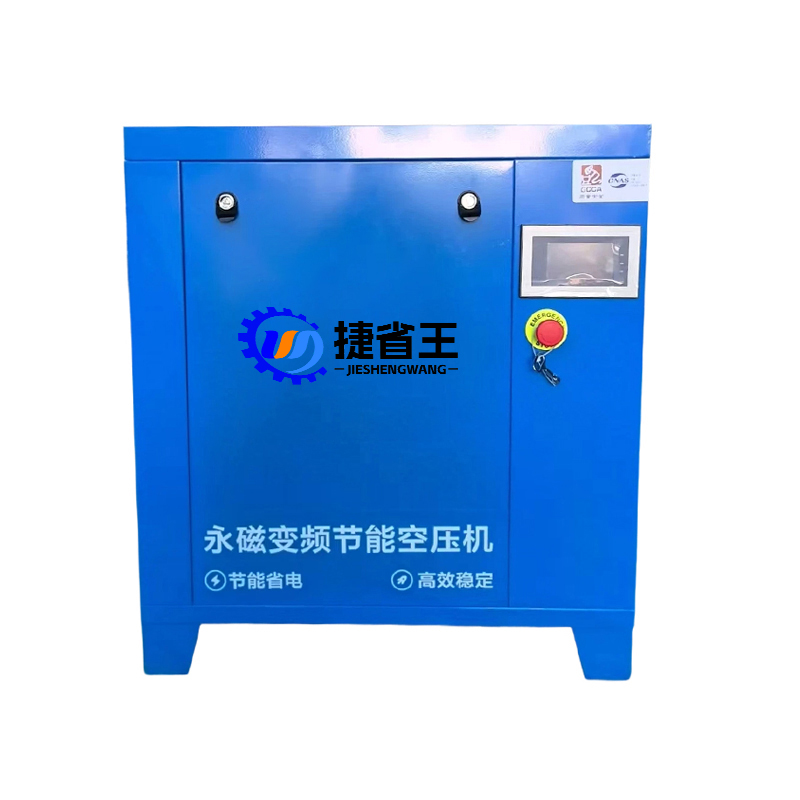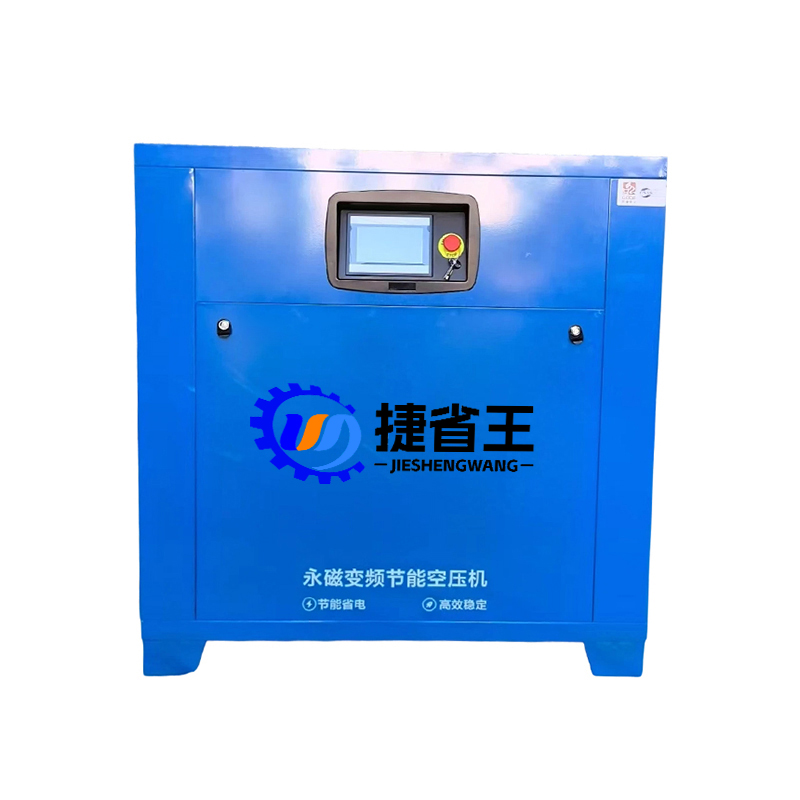How to optimize the dew point control of heatless adsorption dryer?
Release Time : 2025-04-03
Heatless adsorption dryer is widely used in the field of compressed air drying, and its dew point control level is directly related to the quality of compressed air. However, in actual operation, it often faces problems such as dew point fluctuations, so it is crucial to optimize its dew point control.
Adsorbent performance improvement
Adsorbent is the core component of heatless adsorption dryer, and its performance has a decisive influence on dew point control. It is necessary to select adsorbents with good adsorption performance, large adsorption capacity and easy desorption. At present, the commonly used adsorbents on the market include activated alumina and molecular sieves. Activated alumina has a large specific surface area and good mechanical strength, and has a strong adsorption capacity for water. Molecular sieves have a more precise pore size distribution and can selectively adsorb water, especially in deep drying. By modifying the adsorbent, such as loading special catalysts or additives on the surface of activated alumina, its adsorption efficiency and adsorption selectivity can be improved. At the same time, the adsorbent should be checked and replaced regularly to ensure that it is always in good working condition. After the adsorbent has been used for a period of time, its performance will decline due to adsorption saturation, impurity contamination and other reasons. Timely replacement can ensure the stability of the dew point of the dryer.
Optimization of airflow distribution
Reasonable airflow distribution can make the compressed air pass through the adsorbent bed evenly, avoiding airflow short circuit or local adsorbent overload. In the design and manufacturing process of the dryer, the position and structure of the air inlet and outlet should be optimized so that the airflow can enter and flow out of the adsorbent bed evenly. Devices such as porous plates and guide plates can be used to improve the airflow distribution. The porous plate can disperse the airflow into multiple small airflows, so that the airflow enters the adsorbent bed more evenly. The guide plate can guide the airflow to flow along a predetermined path to avoid the formation of dead corners in the bed. In addition, the airflow speed should be reasonably adjusted according to the processing capacity of the dryer and the characteristics of the adsorbent. If the airflow speed is too fast, the compressed air stays in the adsorbent bed for too short a time, and the moisture does not have time to be fully adsorbed, which will cause the dew point to rise; if the airflow speed is too slow, the processing efficiency of the dryer will be reduced.
Improvement of regeneration process
The regeneration process is the key link to restore the adsorption capacity of the adsorbent and plays an important role in dew point control. Traditional heatless adsorption dryers usually adopt a double-tower structure, one tower for adsorption drying and the other tower for regeneration. Regeneration process parameters such as regeneration time and regeneration pressure can be optimized. Proper extension of regeneration time can enable the adsorbent to desorb the adsorbed water more fully and improve its regeneration effect. However, too long regeneration time will increase energy consumption, so it should be reasonably adjusted according to actual conditions. Lowering the regeneration pressure can lower the boiling point of water and make it easier to desorb water from the adsorbent. The regeneration pressure can be adjusted by installing a pressure reducing device. New technologies such as waste heat regeneration can also be used to regenerate the adsorbent using the waste heat generated by compressed air during the compression process, reducing additional energy consumption and improving regeneration efficiency.
Control system upgrade
Advanced control systems can monitor the operating parameters of the dryer in real time, such as inlet temperature, pressure, flow rate, dew point, etc., and automatically adjust the operating status of the dryer according to these parameters to achieve precise control of the dew point. A control system consisting of a programmable logic controller (PLC) and sensors can be used. The sensor can collect various operating parameters of the dryer in real time and transmit the data to the PLC. The PLC analyzes and processes the data according to the preset control strategy, and then controls the valves, motors and other actuators of the dryer to achieve precise control of the adsorption and regeneration process. The introduction of intelligent algorithms, such as fuzzy control and neural network control, can improve the adaptive ability and control accuracy of the control system. Fuzzy control can judge and adjust the operating status of the dryer according to fuzzy rules, and can better cope with complex working conditions. Neural network control can automatically adjust the control parameters by learning a large amount of operating data to achieve optimal control of the dew point.
Through the above optimization measures, the dew point control level of the heatless adsorption dryer can be effectively improved, the quality of compressed air can be guaranteed, and more stable and reliable dry compressed air can be provided for industrial production and other fields.






